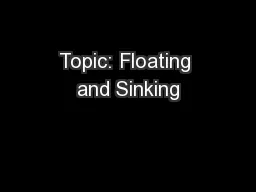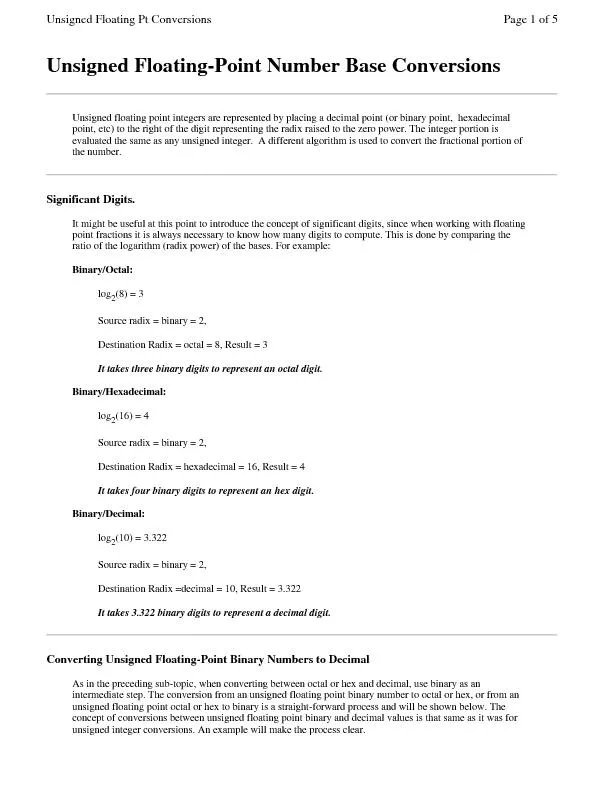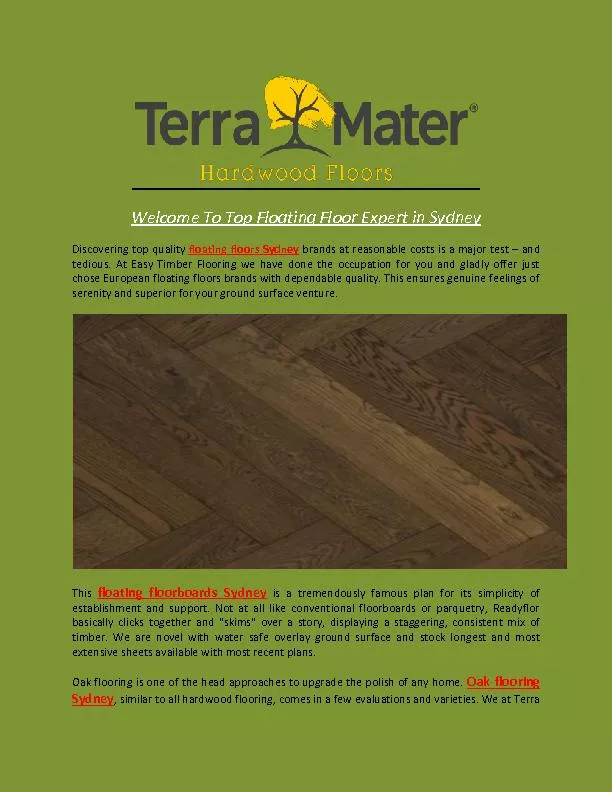PPT-Topic: Floating and Sinking
Author : briana-ranney | Published Date : 2016-11-26
Density Is its mass per unit volume 1 Formula Density massvolume gmL or gcm 3 How tightly packed the atoms are 2 By comparing densities you can predict
Presentation Embed Code
Download Presentation
Download Presentation The PPT/PDF document "Topic: Floating and Sinking" is the property of its rightful owner. Permission is granted to download and print the materials on this website for personal, non-commercial use only, and to display it on your personal computer provided you do not modify the materials and that you retain all copyright notices contained in the materials. By downloading content from our website, you accept the terms of this agreement.
Topic: Floating and Sinking: Transcript
Download Rules Of Document
"Topic: Floating and Sinking"The content belongs to its owner. You may download and print it for personal use, without modification, and keep all copyright notices. By downloading, you agree to these terms.
Related Documents














